 |
According to you, when two international financial centers of Vietnam come into operation, will it open up opportunities for green banking development?
I believe this is the gateway to Vietnam’s real sustainable financial integration. Previously, domestic banks had difficulty accessing international green capital due to differences in reporting standards, environmental and social risk management, or the lack of a mechanism to identify green projects. But when international financial centers operate according to ESG standards and IFRS - International Financial Reporting Standards, we will have a “common language” with global investors.
This allows Vietnamese banks to directly access capital from climate funds, ESG funds and development finance institutions such as IFC, ADB or green bond funds in a more transparent and competitive manner.
In addition, the international financial center will form a standardized green asset trading and identification infrastructure, where sustainable financial instruments such as green bonds, carbon certificates, and impact investment funds are listed and publicly traded. At that time, Vietnamese banks will not only provide traditional loans, but can also become green financial “structurists”, acting as intermediaries connecting international investors and domestic enterprises.
More importantly, IFRS adoption helps increase international market confidence. When Vietnamese banks’ financial statements include climate risk assessments and ESG compliance, the cost of capital in cross-border transactions will be significantly reduced. It can be said that this is a step to upgrade the position of the Vietnamese banking system on the global financial map.

What is the biggest barrier that makes it difficult for Vietnamese banks to access international green capital, in your opinion?
The biggest barrier is the lack of synchronization between institutions, standards and capacity. Green financial institutions are still in their early stages, and Vietnam does not have a set of internationally recognized national green standards, making green project criteria inconsistent.
Reporting standards are also limited, as IFRS has not been widely applied, making climate risks and emissions impacts in credit portfolios not transparent. International investors find it difficult to quantify the “greenness” of Vietnamese banks. In addition, ESG assessment capacity is limited, many banks only stop at the basic risk screening step, lack data, lack carbon lifecycle calculation models and lack experts.
To solve the above bottlenecks, it is necessary to synchronously improve national green institutions and standards; standardize reporting according to IFRS and ESG; and increase green credit monitoring capacity. When these three factors are synchronized, global green capital will truly flow into Vietnam.
So, in your opinion, how should Vietnamese banks develop green portfolios, especially loans linked to net zero emissions targets to promote green credit?
First, banks must change their approach: green credit is not just about lending that is less harmful to the environment, but must become a core strategy in their business model, linked to the country's net zero emissions target.
Every bank should view its credit portfolio as a carbon map, where each loan has a measurable “footprint.” A renewable energy, clean transport or smart city project not only delivers financial returns, but also creates tangible environmental value that can be quantified and reported according to ESG standards.
In addition, banks should not limit themselves to traditional green projects, but should also approach high-emission sectors such as steel, cement, and transportation if businesses plan to transform technology or use renewable energy. This is the “transition finance” trend that many major financial centers in the world are strongly promoting.
Another notable trend is sustainability-linked loans, where interest rates are adjusted according to the extent to which a company achieves its ESG goals. Businesses that reduce emissions more will receive more favorable interest rates. This is a mechanism to encourage behavioral change, turning environmental goals into specific business drivers.
To do that, banks need to invest heavily in appraisal and emission measurement capabilities and a team of specialized ESG experts. When the system can quantify the environmental impact of each loan, green credit will no longer be a slogan, but an essential component of a long-term growth strategy.
Thank you very much!
Source: https://thoibaonganhang.vn/trung-tam-tai-chinh-quoc-te-co-hoi-de-ngan-hang-don-dong-von-xanh-toan-cau-173577.html


![[Photo] General Secretary To Lam receives Vice President of Luxshare-ICT Group (China)](https://vphoto.vietnam.vn/thumb/1200x675/vietnam/resource/IMAGE/2025/11/15/1763211137119_a1-bnd-7809-8939-jpg.webp)
![[Photo] Prime Minister Pham Minh Chinh meets with representatives of outstanding teachers](https://vphoto.vietnam.vn/thumb/1200x675/vietnam/resource/IMAGE/2025/11/15/1763215934276_dsc-0578-jpg.webp)




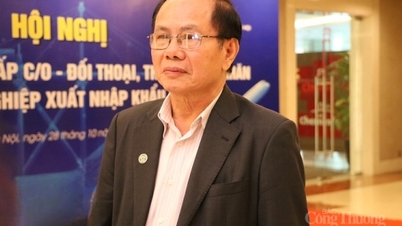





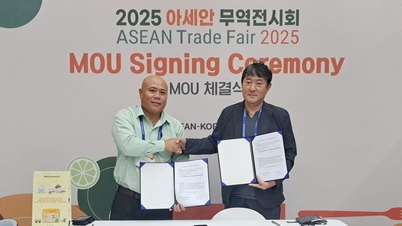






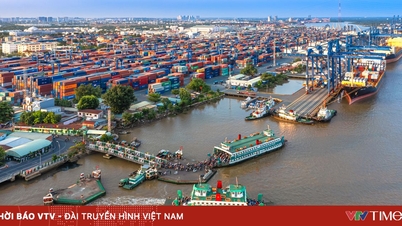


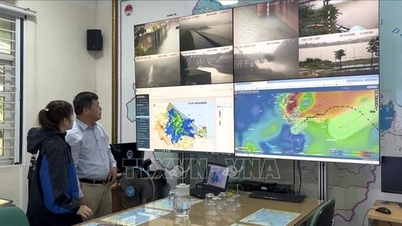








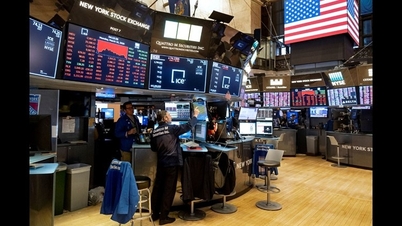



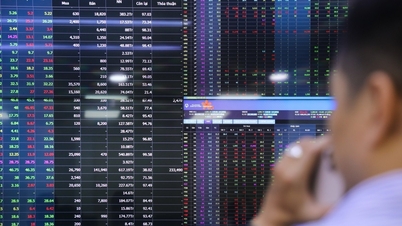












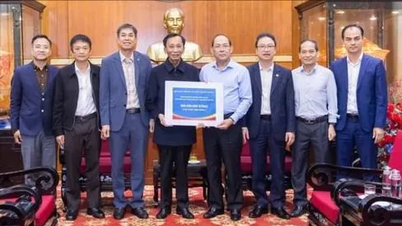









































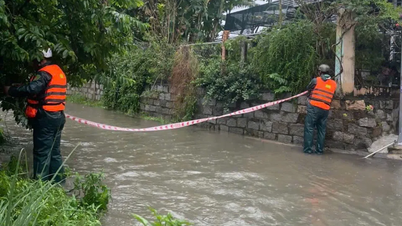












Comment (0)